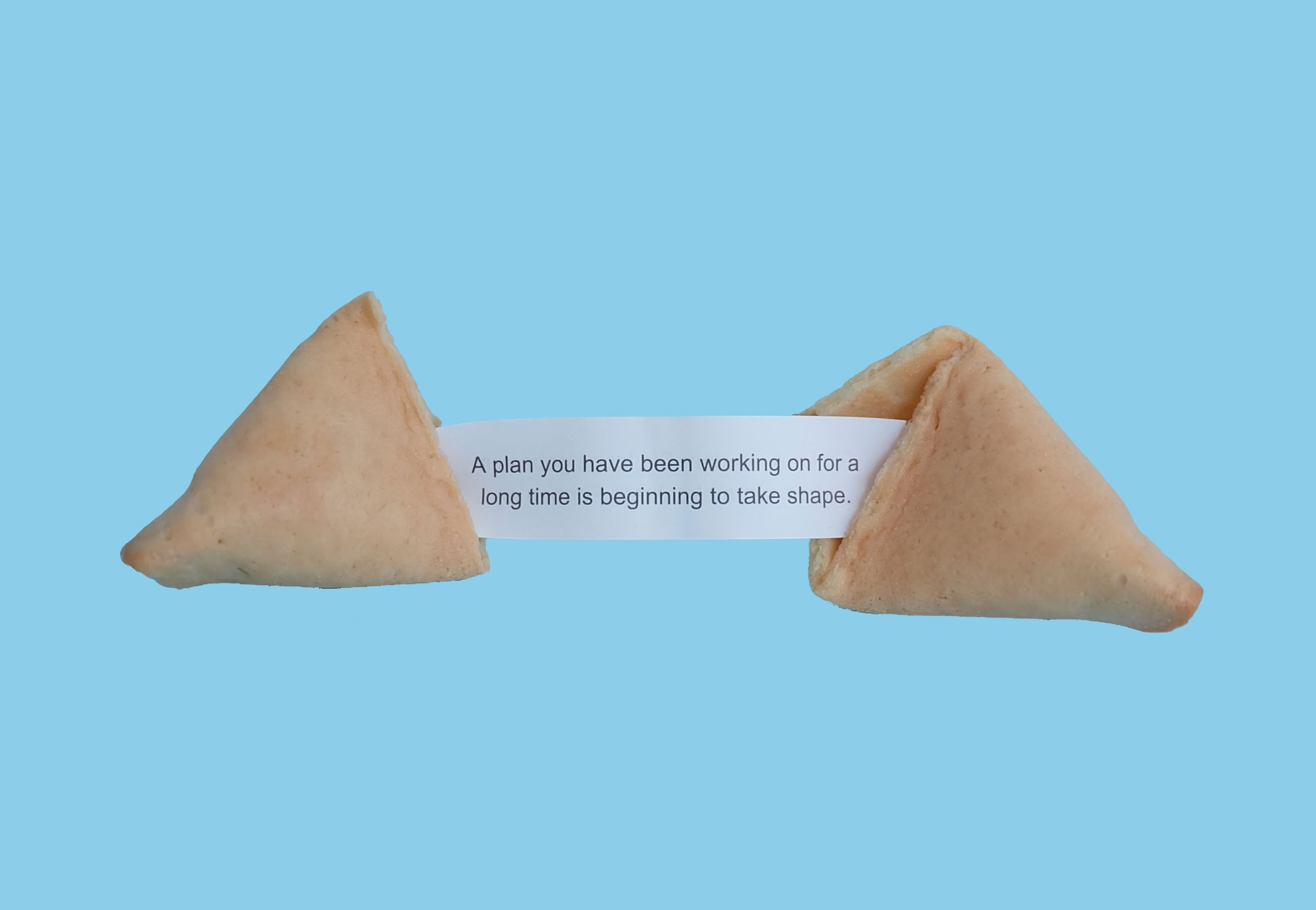By Jon Huxley
Relationships based on trust drive an organisations ability to grow and differentiate themselves in the market.
This concept is not new – most business leaders know it theoretically, and many invest heavily in systems and processes, support and training programs to help their team members build trusted relationships, with varying success. The reason why so many fail? In my experience, it’s because they fall foul of some key considerations – items I consider essential for a client relationship skills program to be successful.
Here’s my view on what items are most critical:
Client culture and any culture change starts at the top.
Client skills development programs are no different to any change program – you’ll have greater success when there’s visible leadership buy in and tangible involvement.
Attending the training program is the easy bit. More impactful is when the leaders themselves are then seen to demonstrate the use of the tools and processes, thereby setting the same expectation of their teams. This might include doing things like:
- attending follow-up coaching sessions and expecting their teams to do the same.
- integrating any kind of development program into their month-to-month performance and development discussions with their team members.
- sharing stories around successes and failures.
- making sure they keep their own client plans up to date, driving business outcomes, and sharing those successes for the benefit of others.
Where I have seen the best uptake and most positive impact from programs is where the leaders are both visible and vocal advocates – not just in words but in actions and deeds.
Start with embedding and retention as the goal.
Too many programs start with the flawed philosophy that putting employees into a classroom for a couple of days will lift performance. Research shows the alarming rate of information recall post a classroom training exercise – after just six days we will recall only 25% of a training course unless we’ve already put the learnings into practice.
As a business owner, would you invest $1,000 in something if you were told it was going to be worth $250 in six days’ time?
Being aware of this and planning for it before investing a single dollar is a crucial first step. Activities to consider might be:
- integrating the training into existing performance management processes with clear measurements/KPIs.
- accrediting coaches within the organisation and offering ongoing coaching sessions for past participants.
- a program of refresher sessions.
- communication plans to reach messages to all relevant stakeholders.
- sharing success stories throughout the business, using both online and in-person forums.
- surveying program participants to find out specific needs they may have.
There is no definitive handbook for successful embedding – what works in one business may not work in another. But having a deliberate and agreed plan for embedding that will work for your culture and processes is the key. A plan that is owned by the leadership of the business and not just outsourced to the training provider. It needs to be reviewed regularly and continually tested to ensure it’s working.
Success is about outputs more than inputs.
How do you measure the success of your program?
Measurable outputs such as sales growth, pipeline generation/conversion, strength of relationships and client satisfaction are the most important things to measure (we measure client relationship strength using our online meeting assessment tool). I see too many L+D programs being measured on attendee feedback alone. Yes, training feedback is important but the true measure of success is not just that someone had a good experience in a training session.
One simple measure I recommend is to challenge yourself on the strength of your client relationships. Across the relationships the organisation has with identified economic buyers, how strong is that relationship out of 10. It is a simple and subjective measure but one that produces two very important actions:
- Action 1 – What do we have to do to increase the score from say a 6 to an 8?
- Action 2 – On the basis that we may see ourselves through rose-coloured glasses, what client research can we do with those clients to turn the subjective measure into a fact?
The business case for doing such research is very compelling. Indeed, this paper by Hinge shows very clearly the value of having a culture of consistently asking clients for their views and feedback.
Train your next generation now.
There’s an old cliché that exists in professional services that goes something like this:
“Let’s bring in graduates with huge potential and then throw them straight into a technical delivery career path. Somewhere in the following 6-8 years we’ll then tell them to go out and build relationships and bring in new business. But we won’t equip them with any of the skills for how they actually do that. We let them figure it out for themselves.”
Clever organisations aren’t just ignoring this cliché – they’re acting on it. They’re including the client facing talent of tomorrow in their client skills development programs. The businesses who do this will have future and sustainable differentiation in the market in terms of winning business and differentiation now in terms of hiring talent.
What has your organisation done that has helped you get value from your client relationship skills program? Or what did you try that didn’t work?
Jon Huxley is Director New Zealand for The Business of Trust.
If you’d like to chat with him about your client skills development program and ideas for how to embed it and make sure it’s successful, you can get in touch with him at [email protected]


